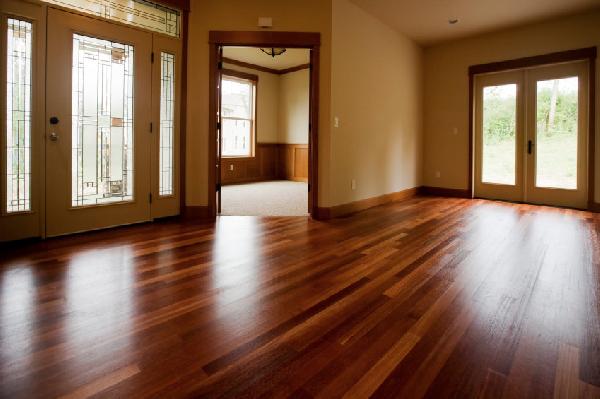It’s projected by Deloitte that the Africa’s demand for flooring and carpets is expected to rise by 4.9 percent annually in 2016.
Considering the fact that Africa’s demand for Flooring has grown at a fast pace in the past decade. In the next decade, both production and demand will continue to grow and below are some of the questions one has to ask for before deciding on buying wood flooring in Africa.
1. Which type of wood floor is right for me, solid or engineered?
Depending on where you are planning to install your flooring because both Solid and Engineered wood floors are made from wood therefore they are environmental friendly.
Solid wood flooring is exactly what the name implies: a solid piece of wood from top to bottom. The thickness of solid wood flooring can vary, but generally ranges from 3/4” to 5/16”. Solid wood can be used in any room that is above grade (above ground). One of the many benefits of solid wood flooring is that it can be sanded and refinished many times. Solid wood floors are ideal in family/living rooms, dining rooms, bedrooms, and even kitchens and powder rooms. About the only place you can’t use solid wood flooring is in the basement, but there’s a solution for that area too.
Engineered wood floors are real wood floors that are manufactured using multiple layers of wood veneers. The layers that you can’t see can be of the same species, or of different species. The grain of each layer runs in perpendicular directions, which makes it very dimensionally stable. This means that the wood will expand and contract less than solid wood flooring during fluctuations in humidity and temperature.
2. Which wood species is right for me?
Each consumer has the best brand for him therefore you should chose the right species of wood flooring for you strictly considering the matter of your style, budget and personal preference.
Do you like light woods like ash or maple? These species generally make a room appear more open and airy.
Do you like medium woods like hickory or oak? These species generally make a room appear more warm and cozy.
3. Is a factory-finished floor or a site-finished floor better for me?
Each method has its own benefits and advantages, and choosing the right method will depend on the level of customization you want to achieve, and your personal preference.
4. I’ve seen different finish sheens on wood floors; some are shiny and some are not. Which is better?
It really is a matter of preference. If you choose to install a site-finished floor, you can choose any sheen that you like. Satin gloss finishes offer the most shine, and will reflect the most light. Semi-gloss finishes offer some shine, and will reflect some light. Satin or matte finishes offer the least shine, and will reflect the least light.
Generally speaking, the less sheen, the less you will notice small scratches and other wear that is normal with wood floors. If you choose to install a factory-finished floor, you will be limited to the sheen available for the material you select. All sheens will offer the same protection for your floor, so it truly is a matter of which look you like best.
5. How long after I order my floors will it take before they are installed?
That depends. Site-finished floors will take longer to install than factory-finished floors since the finish needs to be applied, and dry, on site.
Depending on the type of finish used, you can expect that there will be multiple coats applied, and that each coat will need to be sanded before the next coat is applied, and also will need to dry thoroughly before the floor can be walked on. In addition, all wood flooring, whether job-site finished or factory-finished, will need to be delivered to the job site and allowed to acclimate for a period of time before the installation can begin. This can take several days depending on the material being used.


